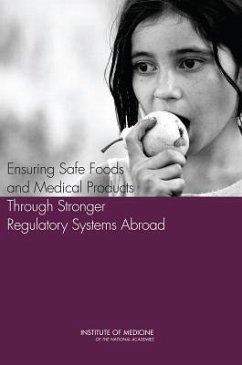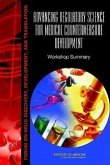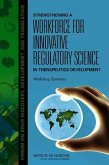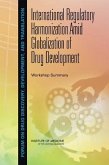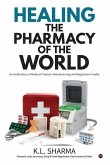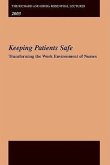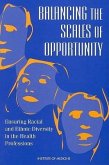A very high proportion of the seafood we eat comes from abroad, mainly from China and southeast Asia. Most of the active ingredients in medicines we take originate in other countries. A substantial share of the produce we consume is grown in Latin America. Many low- and middle-income countries have lower labor costs and fewer and less-stringent environmental regulations than the United States, making them attractive places to produce food and chemical ingredients for export. The diversity and scale of imports makes it impractical for U.S. Food and Drug Administration (FDA) border inspections to be sufficient to ensure product purity and safety, and incidents such as American deaths due to adulterated heparin imported from China propelled the problem to public awareness. The integrated global economy demands cooperation across borders, to thwart terrorists, reduce environmental hazards, and ensure that our food and medical products are safe and effective. This requires coordination across both industrialized trading partners and emerging economies that have not had the benefit of decades of legal and technical development to ensure the safety of food and medical products.

